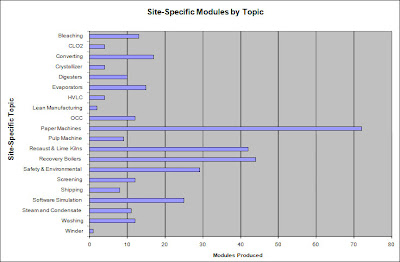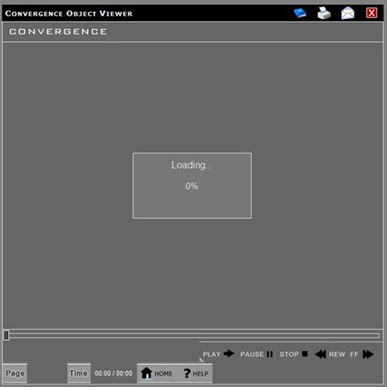As 2009 ramps up, it’s time to get the safety manual out and dusted off for another year. Schedule the overtime, print the packets, and warm up the PowerPoint presentation right? WRONG!
Although classroom training or facilitating a safety meeting is a simple process, there are many hidden costs that are consistently overlooked. The most notable expense is overtime wages.
In most cases, overtime wages do not directly affect a department manager’s annual operating budget. Because safety compliance training is required and is a justifiable part of operation; the cost burden is shifted to HR as a wage expense. This allows departments to continue on as usual and eliminates further accountability for recurring annual overtime expenses. In addition, it also removes the incentive for department heads to seek more efficient ways to deliver training.
What’s wrong with Paying Overtime?
Safety is a pressing issue in manufacturing and training the workforce on overtime has emerged as the best known cost alternative compared to halting production. Shutting down operations to deliver training could cost millions of dollars per year, so a few hours of overtime makes sense right? WRONG!
Most overtime wages are paid at a rate of 1.5 times the hourly rate for non-salaried employees. When multiplied over hundreds or thousands of employees throughout the year, the expense begins to balloon very quickly. Also, as annual wages increase, so does the cost of providing training to the workforce. In the long-run, paying overtime will prove to be cost prohibitive.
How Expensive Can it Really Be?
In order to shed some light on the cost of overtime expenditures, it’s important to look at the cost driving factors behind wage expenses relative to training:
- Number of Non-salaried Employees
- Average Hourly Wage
- Number of Hours Trained per Year
From these three contributors, we can begin to put together an analysis and see how the cost of safety training really adds up. As an example, let’s take a company with only 200 non-salaried employees that have a safety meeting that lasts for one hour per month on overtime hours. Let’s assume an average hourly wage of $17.00, which would put their overtime rate at $25.00. Just for one hour per month, the annual cost per employee is $300. Three-hundred dollars doesn’t sound like a lot, but for a 200 employee site, the expense is $60,000 per year and an astounding $300,000 after 5 years. These figures don’t account for the cost of employing a trainer, potential workforce wage increases, or record maintenance and storage expenses.
What Else is Out There?
Over the last decade, communication has become lightning fast. Internet connections have higher bandwidth capacity, software designs are more focused and refined, and real-time data tracking is a standard part of operations. It is no wonder that the next wave in work-force education is web-based training. Delivering training over the web enables companies to significantly reduce overtime expense and more efficiently deliver and track employee learning with very little required resources.
How Much Cheaper Can it Be?
Having a web-based system allows the workforce to access training virtually any time during their shift by simply logging into a network computer. This means that employees can complete their required training during breaks or downtime, this eliminating the need for managers to schedule overtime wages for annual, semi-annual, or quarterly refresher training.
Training content delivered over the web can vary in price depending on which vendor supplies the training. The quality of web-based training is a subject for an entirely different article, but to provide a meaningful comparison, lets assume that a system capable of training 200 employees with 12 hours of safety training costs around $50,000 up front. This seems like a big one-time expense, but the cost averaged over 5 years is only $10,000 per year, vs. $60,000 per year of overtime training. The cost savings over the 5 years would be approximately $250,000. In reality, not all classroom training can be eliminated by implementing an online training system. Depending on utilization rates, savings can range anywhere from 30% – 80% of the cost of overtime-based training.
The cost of delivering visitor/vendor/ service representative/contractor training can also have many hidden costs. Try out our online calculator to see these hidden costs on our website: http://www.thinkconvergence.com/contractor-training/features.aspx
Or, to receive a free, customized sensitivity analysis of your current training program, call or email Convergence at:
- Phone: 1 (360) 834-0991 x241
- Toll Free: 1 (800) 634-7436 x241
- Email: sales@thinkconvergence.com



